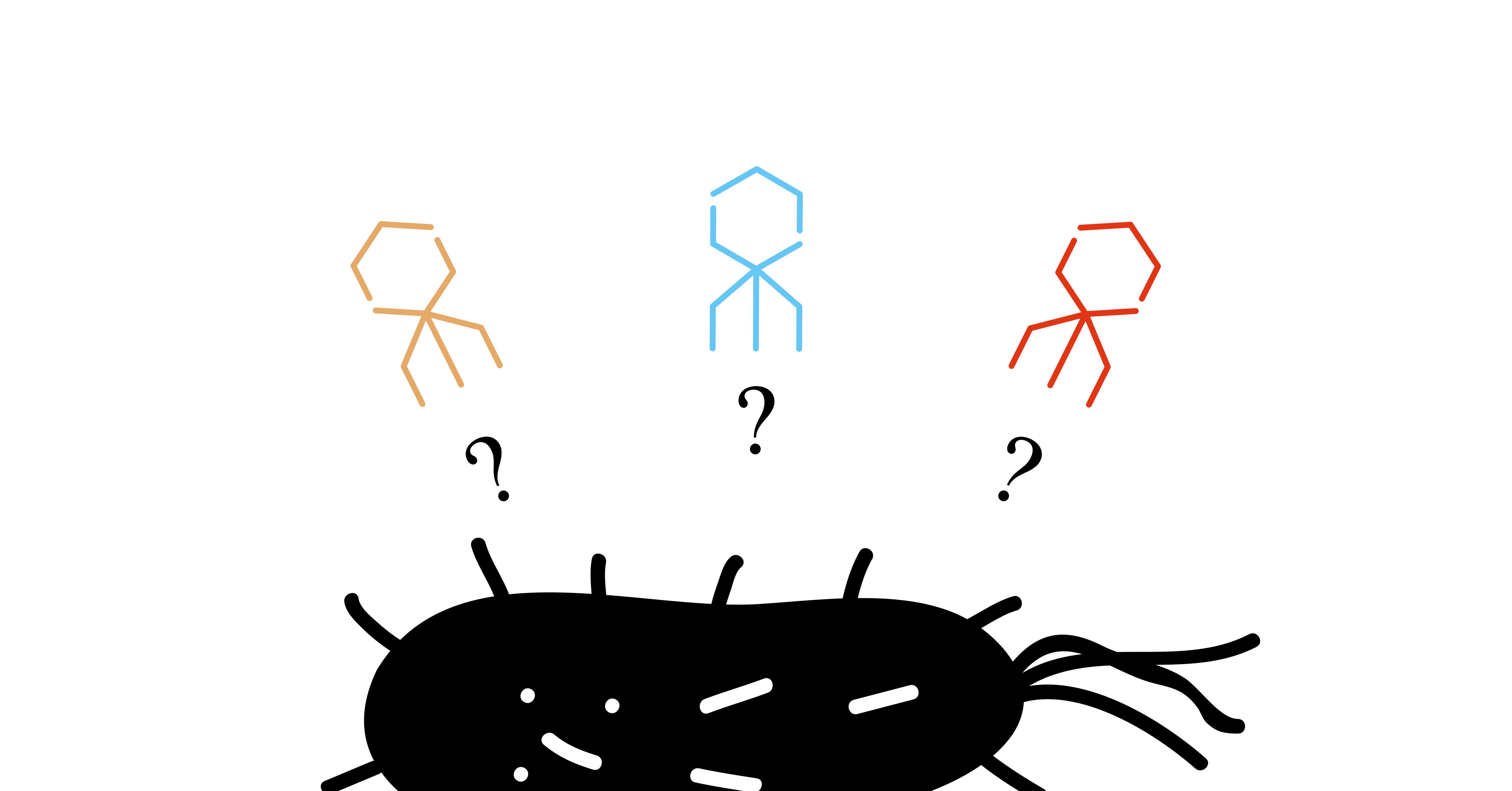When a patient either enters the hospital with a bacterial infection, or acquires a nosocomial infection, the doctor typically creates an antibiogram to determine which antibiotics (still) work and how well. Today, we can also test phages against a bacterial infection. A panel of phages can be tested in the lab (and even ‘trained’ in the lab), and the most potent phages can be selected to be administered to a patient, this is the procedure of making a ‘phagogram’. The main problem with phagograms is that they do not scale to large phage banks; it is simply too time consuming to test hundreds of different phages in the lab before being able to develop a personalized therapy.
Today, phage research, like most of biology, is increasingly becoming a data-driven field in which artificial intelligence (AI) can help with complex problems. AI enables the ever-expanding amount of omics data to be put to good use and adds a new dimension to the field of phage research. We believe it can support the development of personalized phage therapies.
Enter digital phagograms
In our recent opinion piece, we introduce the term ‘digital phagogram’, referring to a digital and faster alternative to experimental phagograms. A digital phagogram entails the computer-based prediction of phage infectivity. Once established, it can be performed quickly for hundreds or thousands of candidate phages, pointing out a subset of the most promising candidates to experimentally verify in the lab and develop into a therapy. Underlying these predictions are machine learning models that take as input some information on the phage and bacterial host (e.g., their genomes) and make a prediction about whether these could interact.
Machine learning models for phage-host interactions
Several tools for predicting phage-host interactions exist today, but these tools consider the interactions at the family-, genus- or species-level and do not allow predictions at the strain level. We propose to reason about these predictive models in a way that better reflects the sequential stages of the biological infection process. Such a step-wise approach can be beneficial to disentangle the complexity of phage-interactions, and result in a set of models that are more straightforwardly interpretable.
A layered approach to interaction modeling
More specifically, we propose to construct layers of different models for the different stages of the infection process and to make predictions at each step. Logically, the first layer corresponds to the initial interaction between the phage receptor-binding proteins and their bacterial receptors. A model tailored to this step would consider phage RBPs and receptors as input, instead of entire genomes. A second layer we propose captures the evolutionary dynamics between phages and bacteria and can include a diverse set of genetic defense mechanisms of bacteria, together with phage antidefense systems. Thirdly, we propose a more flexible layer focused on the metabolism takeover by the phage. This layer could include genetic evidence of the conversion of the host but, for example, transcriptomics data on the infection process as well. Finally, the different predictions of separate models could be integrated into a final (hierarchical or stacked) model that makes one prediction, or the separate predictions can be interpreted by themselves. Among others in the field, the authors of the opinion piece (KU Leuven, Ghent University) are actively aligning their efforts to elaborate the different layers to set up digital phagograms and inform phage cocktail design. While we are aware that we are still far away from the realization of such a layered approach, we think working towards it is valuable and insightful.
Closing thoughts
In general, each model will have its limitations, as it relies heavily on the quality of input data. However, models do not need to be perfect to be effective. While testing in the lab will remain essential, in silico predictions can save precious time and reduce costs, making phage therapy faster and more effective. In this sense, we aspire for an effective phage-host AI model that can help scale phage therapy, enabling more patients to benefit from phage-based treatments in the future.
References
- https://www.nature.com/articles/s41467-021-27656-z
- https://www.sciencedirect.com/science/article/pii/S1879625721001620
- https://www.nature.com/articles/s41396-021-01096-5
- https://www.nature.com/articles/s41598-021-81063-4
- https://www.sciencedirect.com/science/article/abs/pii/S1879625721001681







